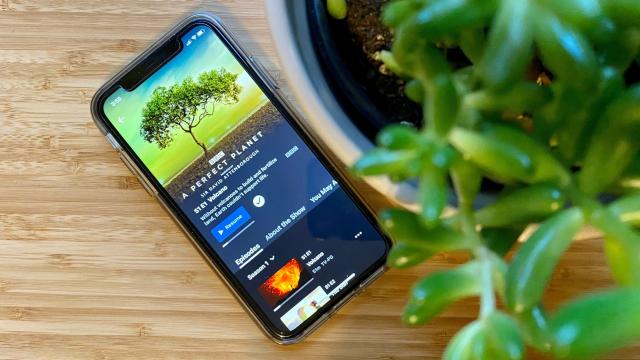Why has something that’s become synonymous with streaming seemingly so controversial?
I’m talking, of course, about the maligned “+” in service names, most recently the subject of discussion at the New York Times. Sure, we’ve reached an absurd number of services that have affixed “+” to the titles of their content streaming services. We now have AMC+, Apple TV+, BET+ Discovery+, Disney+, Documentary+, ESPN+, Hulu + Live TV (though this one’s debatable, since normal Hulu formally dropped “Plus” from its name back in 2015), Paramount+, and surely others that I’ve overlooked here. That doesn’t even account for other non-entertainment services that have adopted the “+”, particularly from Apple’s ecosystem of premium subscriptions.
But hear me out: I think the “+” is perfectly fine, and maybe even a little helpful for navigating the chaos of our streaming environment.
This opinion, to be clear, is not shared by my colleagues. Consumer technology reporter Victoria Song absolutely eviscerated the “+” (and me) in a blog about the trend back in September. At the time, I had argued that “+” is an easy signifier to consumers about what a product is or does, though there are some applications of “+” that do not completely align with streaming.
Victoria cited Apple News+ as one such example, as it is not a streaming service. But it is an expanded experience that adds more value than users get with standard Apple News, and that’s easy to infer from the inclusion of “+” in the name of the more premium of the two options. In fact, I think that HBO Max losing the “Max” and adding the “+” would have saved the company a lot of headaches in communicating how the new service differed from HBO, HBO Go (RIP), and HBO Now. Had AT&T executives opted instead to name the service HBO+, consumers might’ve more easily understood that it meant HBO in addition to more value.
The biggest reason I think that “+” is a useful tool for consumers really boils down to how many services currently exist — all of which are fighting for loyal subscribers. There’s too much choice, and “+” seems like a simple way to tip consumers off about what a product might do — particularly where it applies to streaming services. Someone can probably easily infer what BET+ or Paramount+ do without having to think too long about it in the same way that consumers intuitively understand the function of YouTube TV, Pluto TV, Sling TV, and FuboTV. The “+” eliminates most of the guesswork, particularly when it’s attached to a brand consumers already know.
I will say that there is one application of “+” that I find wild, but it’s less about the inclusion of “+” itself and more about the ecosystem of hardware and software that it’s attached to. Apple TV+ the streaming service lives on Apple TV the app, and both can be found on Apple TV the set-top box. This is extraordinary bad branding — like, maddeningly so. Apple TV+ is fine and makes sense for what it is. But did we really have to call it the same exact thing as two existing products, one of which is an app and the other being hardware? Come on, Apple.
Listen, is it annoying that so many services have adopted the same format for naming their services? Sure. Is it boring? Absolutely. But I don’t necessarily think that’s necessarily a bad thing — at least not while we have so many of them to choose from. Leave the “+” alone already.
